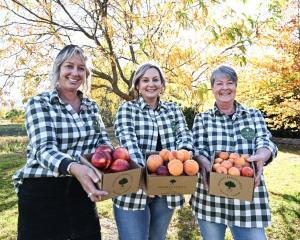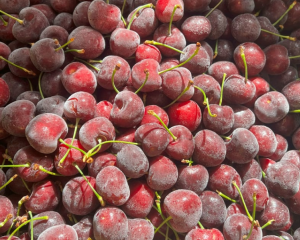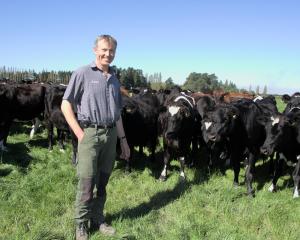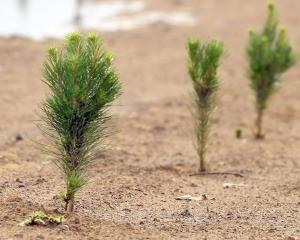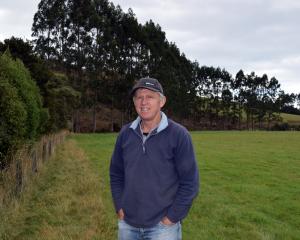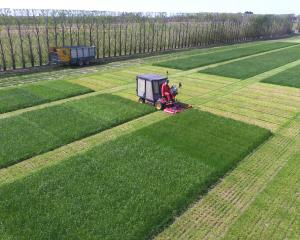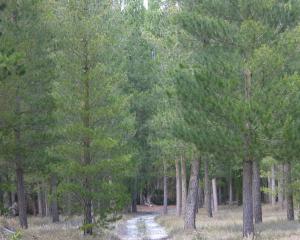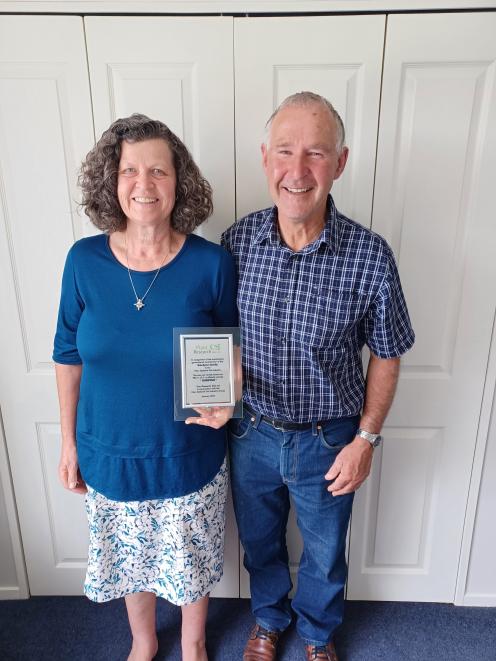
Plant Research New Zealand has renamed the newest milling oat cultivar from PRL 12-10-2 to Gardyne, in recognition of the outstanding generational contribution of the Gardyne family in Southland to the New Zealand oat industry.
New Zealand Oat Industry Group chairman and oat grower Graeme Gardyne said the new oat cultivar being named after his family was an honour.
The naming recognised the work of himself and his wife Elspeth and the generations of his family who had come before and after.
Five generations of the Gardyne family had been growing oats north of Gore, since settling in the area in 1876.
Otago growers in Southland include three of his five children and their spouses — Peter and Esther Gardyne, Michael and Marie-Louise Gardyne, and Richard and Holly Gardyne.
Oats were an important crop because it was the only milling cereal cultivar in the South, as the closest flour mill to the region was in Timaru, he said.
"If you want to grow a milling grain, oats are your only choice, so it is important we preserve that as an option for this region."
The new Gardyne oat variety would appeal to southern growers because it was ready to harvest a week earlier compared with the current dominant oat variety L5.
As most oats in the South were sown in spring, farmers wanted an early maturing variety to allow for harvest as soon as possible in autumn, he said.
Plant Research New Zealand managing director and principal plant breeder Adrian Russell, of Christchurch, said the Gardyne family had advanced the oat industry in New Zealand.
"They have been very, very helpful in lots of ways to me and the oat industry and that’s why we wanted to call it Gardyne and we hope the variety lives up to the name."
Trial crops of the Gardyne cultivar had been grown in Southland for the past five years.
He was confident the Gardyne cultivar was an improvement on the existing L5 variety.
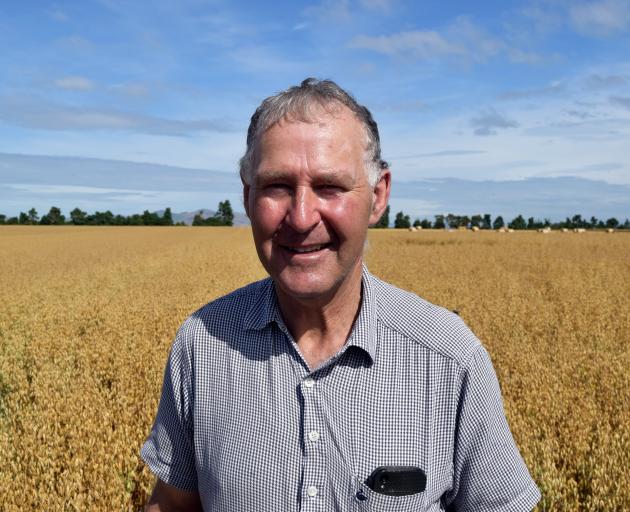
An earlier maturing oat variety could be used as a tool by farmers to combat conditions becoming warmer and drier in the South, he said.
The Gardyne cultivar was more tolerant to crop diseases in the South, such as Barley Yellow Dwarf Virus, than the L5 variety.
Now the priority was building up stock of high-quality seed of the Gardyne variety, which over time would become available to farmers to sow next year.
The L5 variety would be phased out slowly as the new cultivar was proven in a range of environments, Mr Russell said.
"Then we are good to go."
Harraway & Sons chief executive Henry Hawkins, of Dunedin, said the cultivar naming was "well deserved".
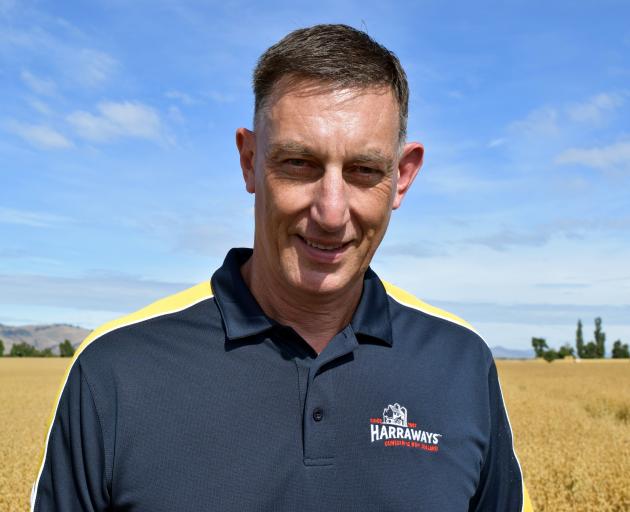
The trial crops would be harvested soon in Southland, he said.
Once harvested, the oat crop would be taken to Harraway & Sons in Dunedin for a milling trial.
Data from the milling trial would include size, yield and nutritional information of the Gardyne cultivar.
Harraway & Sons would provide some of the oats to consumers and ask for feedback including taste, quality and consistency.
"To see if there is any difference, good or bad."
A milling trial on a small amount of the Gardyne cultivars had already provided positive feedback, he said.
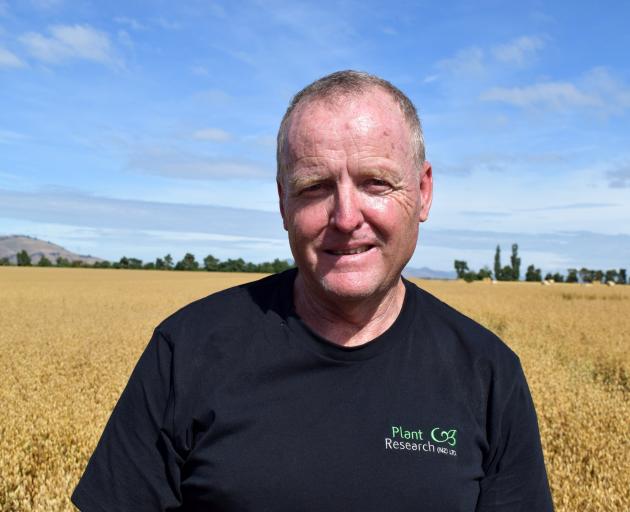
The Gardyne cultivar would be benchmarked against the current preferred milling oat, the L5 variety.
Now all of the porridge sold by Harraway & Sons was the L5 variety.
All going to plan, Harraway & Sons expected to select the Gardyne cultivar as its preferred milling oat.
A farmer growing the Gardyne cultivar would produce more oats per hectare than a farmer growing the L5 variety, which was a better use of land, Mr Hawkins said.
"Which we see as a real important attribute and a good story for growers and consumers in New Zealand."


